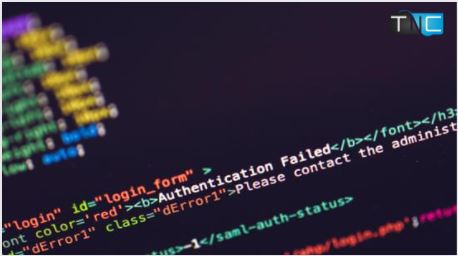Error 0x0 code has many different causes and can be very difficult to troubleshoot on your own. Luckily, there are some steps you can take to get around this issue with your computer. In order to fix error 0x0,
here are the five simple steps you should follow:
(1) Clear Your Cache, (2) Replace Your RAM, (3) Update Your Drivers, (4) Reinstall Your Operating System, and (5) Take It Into the Shop.
Running Your Computer on Safe Mode
If you’re having issues and not sure what is causing them, try booting your computer into safe mode. This way, you can isolate if a certain application or program is causing your system issues. If an application is running amok in Windows, it will be disabled while in safe mode and you’ll be able to access files that were previously inaccessible.
To start your computer on safe mode, hold down F8 right after Windows starts up; don’t release it until a new menu pops up. Select Safe Mode from here and then let your computer reboot. Once it boots back up, check to see if any of your programs are working properly now. If they are, you know which program was causing trouble!
Disabling Unnecessary Startup Items
Modern versions of Windows can be slow and irritating if they load programs at startup that you don’t need. For example, when you restart your computer, do you really need iTunes to launch? I think not. To prevent unnecessary programs from launching automatically at startup, click Start, type MSConfig in Search, and press Enter .
You’ll see a list of all your running applications in Startup. Uncheck any items you don’t want automatically loading when Windows boots up. (By default, everything is checked.) Click OK, and restart your computer. Your PC should start up a little more quickly.
Repairing Windows System Files
System files are important for your computer’s functionality, and if any of them become corrupted or deleted, it can lead to a host of system errors and performance issues. Typically, that means you need to boot from your Windows installation disc (provided by Microsoft when you first bought your PC) in order to make repairs.
But in some cases, those steps aren’t enough—and you might even end up wiping out more files than you meant to. For example, if a damaged file is acting like malware and infecting other parts of your system in order not be replaced. If that happens, don’t panic—all hope isn’t lost just yet!
Updating Device Drivers
An outdated driver can cause various computer issues. It’s a good idea to check if your drivers are up-to-date and which devices need updating using a reliable tool, such as DriverMax. Update Drivers Using Device Manager:
To update drivers automatically, follow these steps: Right-click on Computer or This PC (in Windows 10) or My Computer (in Windows 7/8), then choose Manage. You should see Device Manager in your list of options. In some versions of Windows, you may have to click on More… at the bottom of your screen first.
Performing a Disk Checkup
The good news is that Windows has a built-in disk checkup tool, meaning you don’t have to fork over cash for a commercial disk diagnostic utility. To run it: Open an administrative command prompt (you can do so by clicking Start, typing cmd, right-clicking on Command Prompt and selecting Run as administrator). Once there, type in chkdsk /f /r (without quotes) and hit Enter.
This will scan your computer for errors and attempt to repair them automatically. If it does not find any errors—which would be highly unusual—it will tell you so after a few minutes of checking things out.

